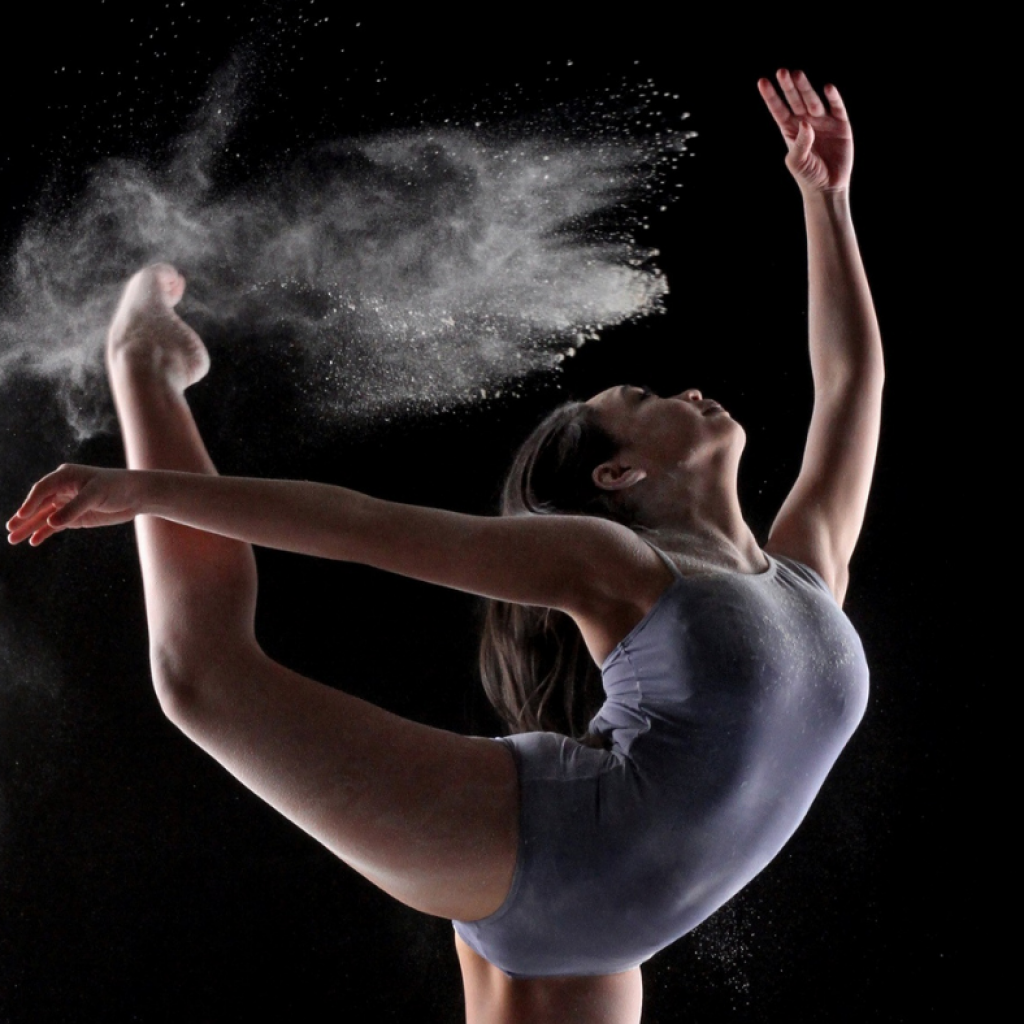Facing Anxiety Through the Arts: Attending and Transcending

By James K.A. Smith
In this age of spiritual uncertainty, we need art that connects us to the pain of this world and then points us beyond.
But not the art that is offered to us for mass consumption. Many films and novels and songs promise entertainment as an escape from what makes us anxious. But mere escape does nothing to actually address our anxiety. Our entertainments offer distraction instead of comfort; or rather, entertainment pretends distraction is comfort, as if self-medicating our way to addiction is the way to address trauma or grief. It’s no wonder, then, that the anxiety comes roaring back after we leave the cinema or finish binging the series or become bored with the latest album.
The art we need in an age of anxiety is art that faces our fears and invites us to overcome them—art that both attends to the world and transcends the world.
One of the unique powers of art is an uncanny ability to attend to what is right in front of us; to become attuned to the familiar in a strange way; to light up the mundane that our hurried busyness too often misses. You can see this in the paintings of Vermeer or Alfonso Cuarón’s remarkable film, Roma. You can see it in the poetry of Gerard Manley Hopkins and Joy Harjo. Such art teaches us to slow down and see. The arts attend to the world in such a way that we see it from a new slant. And that angle of attention can be revelatory, calling forth sometimes gratitude, sometimes grief, often both, and perhaps a renewed sense of what our society needs from us.
Art is especially adept at showing us beauty and brokenness. Seeing both is necessary for a meaningful life — and therein lies our calling. Frederick Buechner once said, “The place to which God calls you is the place where your deep gladness and the world’s deep hunger meet.” Art can often take us to that intersection by showing us the familiar anew. In other words, the arts help us hear our calling, giving us a sense of purpose in an uncertain world.
Attending to what’s wrong — what we’d rather not see — is the beginning of how art also invites us to transcend our moment, and even ourselves. By “transcend,” I mean that the arts attest to the fullness of our humanity and our ineffaceable longing for something more. This transcending is not escapism by other means because you only come to it by working through attention to our broken world.
Such art functions a bit like the prophets and psalmists of old who mastered the discipline of “lament.” Lamentis pitched at this intersection of attention and transcendence — attending to what’s wrong with the world and hoping for it to be otherwise. Such art isn’t simply “protest;” it is art infused with an imagination for how the world could be otherwise. Art that laments also “transcends” by getting us to hope, lifting our anger and grief to another horizon.
Some of our best art, even if it isn’t explicitly religious, nonetheless embodies what, in theology, we call “eschatology”—art that longs for another world, points to a “kingdom come,” hopes for the inbreaking of something new. But this eschatological art laments, it rages against the injustices of might, because it attends to what’s wrong with this world. A wilderness precedes every promised land.
Consider, for example, this work called “Sugar and Spice,” part of Letitia Huckaby’s “Suffrage Project.” A young African-American girl looks despondent. Her protest sign, “Enough!” resting on her shoulder is its own version of “How long, O Lord?” The print appears on a vintage cotton-picking sack, and once you realize that, an entire history of oppression and marginalization creeps up from your gut, up your spine, into your heart, halting at a lump in your throat. You don’t need it to reach your mind; you now “know” something you didn’t know before.
And yet that gentle pastel pink skirt evokes a ballerina’s tutu, and the image births in us a longing to see this young girl dance, to see her despondency turn to joy, to trade the now-necessary sign of protest for a banner of praise.
Prophetic art that inhabits this tension of lament and hope does not only communicate a “message;” it enacts what it embodies, it performs this transformation of mourning into dancing. Lament without hope is merely anger; hope without lament is a lie about the present. Art that is prophetic, that both laments and hopes, will be a unique offering to a heartbroken world that has forgotten to sing such songs. The arts breathe life when they help a society remember how to sing such music.
During this pandemic, my son and I re-read Camus’ famous novel, The Plague. The passage that struck me most powerfully was a scene in which Dr. Rieux and Tarrou, exhausted by their work on the front lines of the plague, nonetheless steal away for a swim in the Mediterranean Sea. The narrator tells us that “a strange happiness possessed him. Turning to Tarrou, he caught a glimpse on his friend’s face of the same happiness, a happiness that forgot nothing.” The arts enable us to transcend the tragic when they invite us into a joy that forgets nothing.
James K.A. Smith is professor of philosophy at Calvin University and serves as editor-in-chief of Image, a quarterly journal at the intersection of art, faith, and mystery. His most recent book is On the Road with Saint Augustine.
This essay is part of a series called “Finding Faith in the Age of Anxiety.” It explores solutions that faith offers in countering the troubles of our time. Perspectives from various religious traditions are represented.



